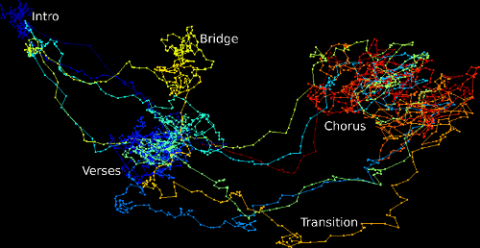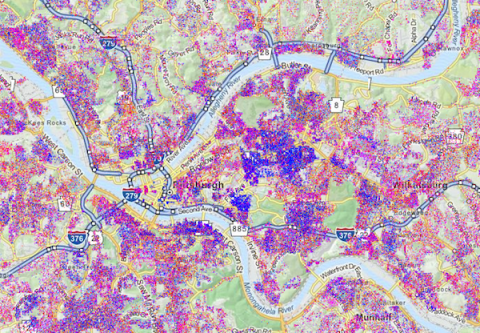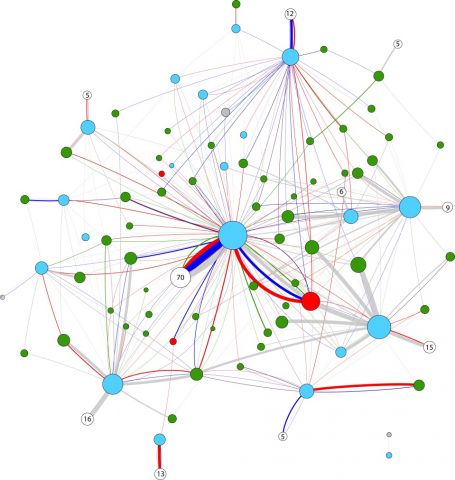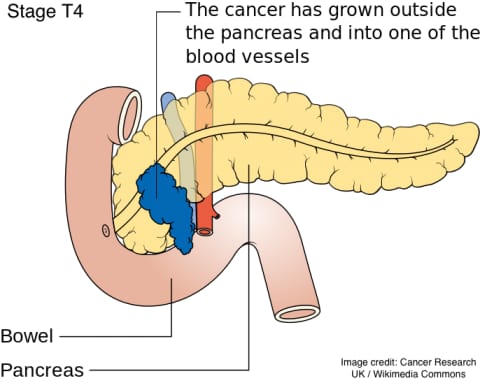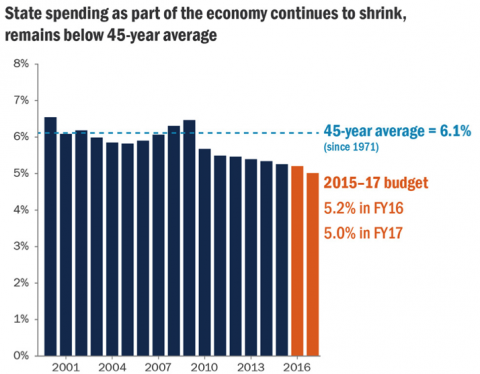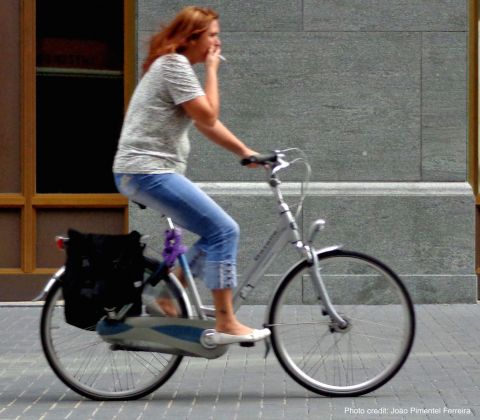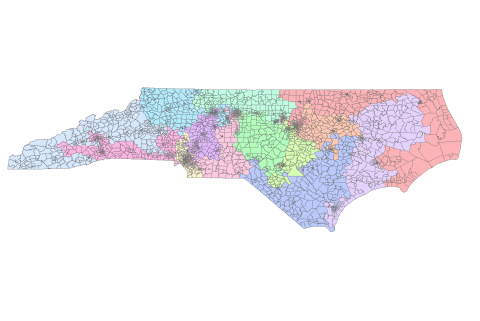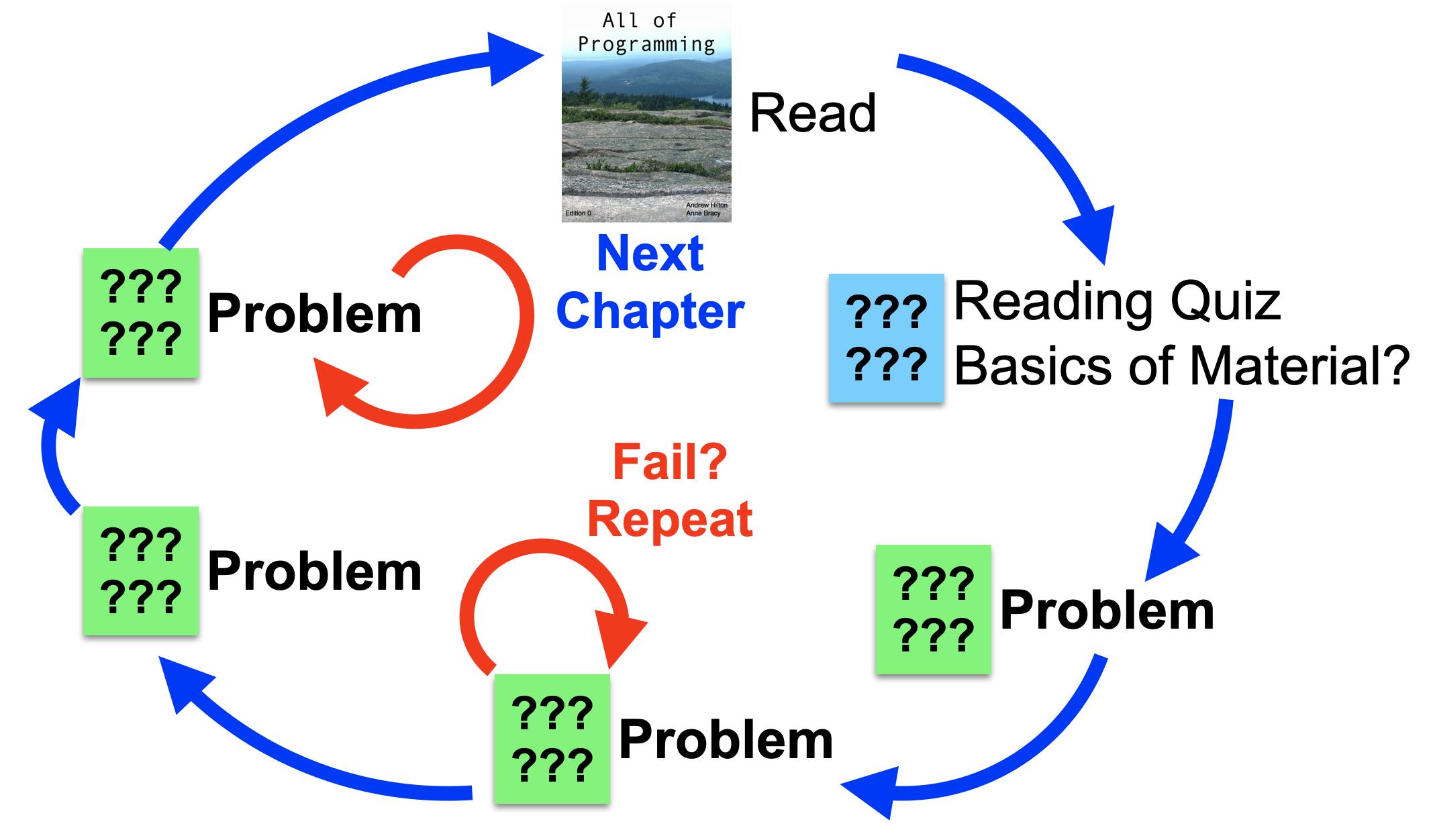I work in computational topology, which for me means adapting and using tools from algebraic topology in order to study noisy and high-dimensional datasets arising from a variety of scientific applications. My thesis research involved the analysis of datasets for which the number of degrees of freedom varies across the parameter space. The main tools are local homology and intersection homology, suitably redefined in this fuzzy multi-scale context. I am also working on building connections between computational topology and various statistical data analysis algorithms, such as clustering or manifold learning, as well as building connections between computational topology and diffusion geometry.
At iiD, I direct several award-winning programs that aim to foster data-driven, interdisciplinary undergraduate research and graduate student curricular engagement across and beyond the university. These programs are called Data+ and Data Expeditions. Follow the links to learn more and email me to get involved!
Additional Profiles and Links:




